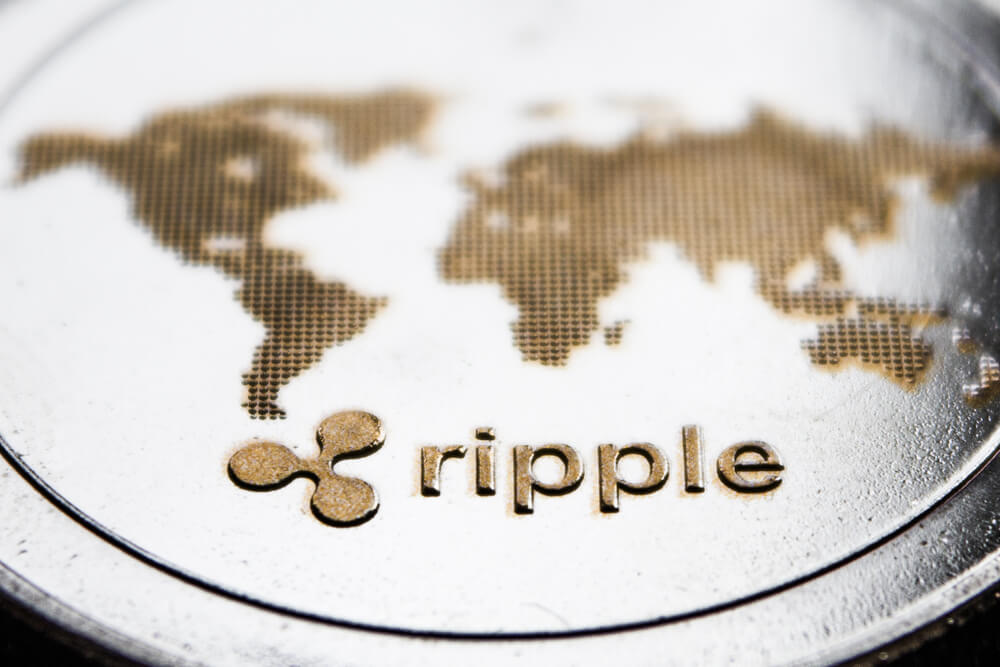Montenegro recently announced a partnership with blockchain payments firm Ripple to create a pilot program for a national digital currency.
The digital currency will take the form of a stablecoin or a central bank digital currency, and if successful, could replace the euro, which the country has been using since its introduction in 2002, despite not being part of the Eurozone.
The Vice President for Central Bank Engagements and CBDCs at RippleX, James Wallis, revealed that the project would involve several stages, including identifying the practical application of a digital currency, or a national stablecoin.
Furthermore, the project would undergo a sandbox stage where the future digital currency would be “put into circulation under controlled conditions,” and Ripple would work closely with the Central Bank to determine use cases, key success factors, and timelines.
The Montenegrin digital currency project will begin this month, with more details expected to be revealed later this year. The Central Bank of Montenegro Governor, Radoje Žugić, stated that the central bank would work with the government and academic community to “analyze the advantages and risks that CBDCs or national stablecoins could pose.”
These include the availability of electronic means of payment, security, efficiency, compliance with regulations, and the protection of end-users’ rights and privacy.
The Central Bank of Montenegro’s commitment to creating a more efficient financial system is evident in the partnership with Ripple, a company that has been expanding in the CBDC space for months. Wallis added that Ripple has “multiple CBDC projects ongoing around the world and is in dialogue with dozens of central banks globally.”
Montenegrin Prime Minister Dritan Abazovic first announced the upcoming deal between Ripple and the Montenegrin Central Bank at the World Economic Forum Davos in January.
Since then, the partnership has been developing, and with its official announcement on April 11, it marks another significant milestone in the digital currency space.
The creation of a national digital currency could provide Montenegro with greater financial sovereignty, and it could lead to increased economic growth and stability.
It would also allow the country to take advantage of the benefits of blockchain technology, such as transparency, efficiency, and security. Additionally, it would help reduce the country’s dependence on traditional financial systems, which can be vulnerable to economic downturns and other external factors.
Ripple Sign Montenegro Deal
In conclusion, the partnership between the Central Bank of Montenegro and Ripple is a significant development in the digital currency space. As more countries explore the potential of CBDCs, this partnership could serve as a model for other countries looking to create their digital currencies.
As blockchain technology continues to mature, we can expect to see more innovative solutions that provide greater financial access and security for people worldwide.
